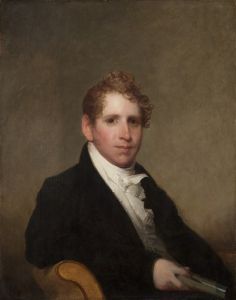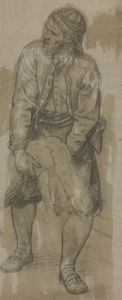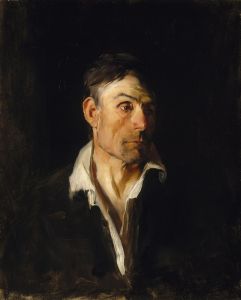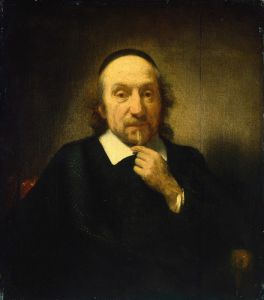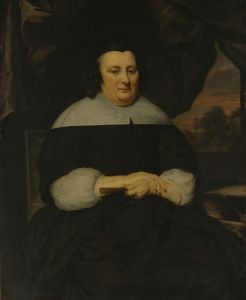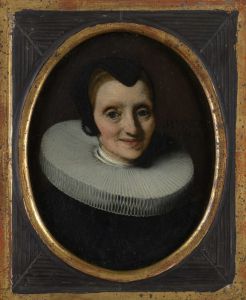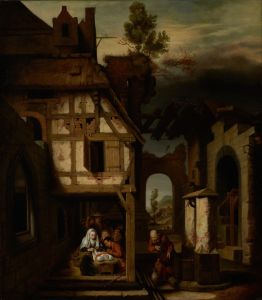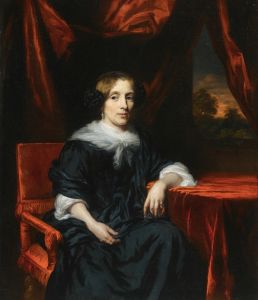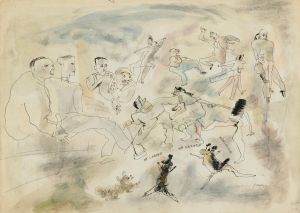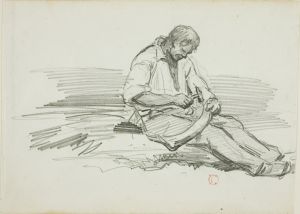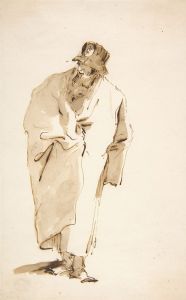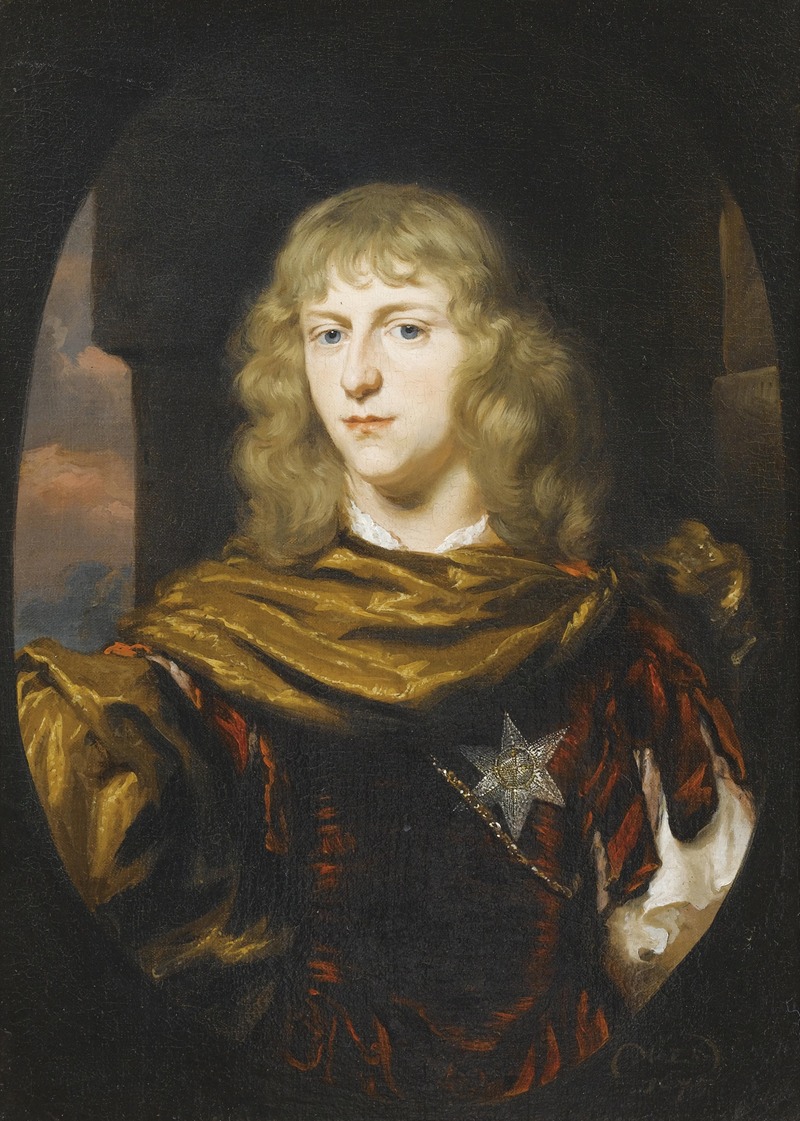
Portrait d’homme
A hand-painted replica of Nicolaes Maes’s masterpiece Portrait d’homme, meticulously crafted by professional artists to capture the true essence of the original. Each piece is created with museum-quality canvas and rare mineral pigments, carefully painted by experienced artists with delicate brushstrokes and rich, layered colors to perfectly recreate the texture of the original artwork. Unlike machine-printed reproductions, this hand-painted version brings the painting to life, infused with the artist’s emotions and skill in every stroke. Whether for personal collection or home decoration, it instantly elevates the artistic atmosphere of any space.
"Portrait d’homme" is a painting by the Dutch artist Nicolaes Maes, who was a prominent figure in the Dutch Golden Age of painting. Born in 1634 in Dordrecht, Maes was initially a pupil of Rembrandt van Rijn in Amsterdam, where he was significantly influenced by his master’s use of light and shadow, as well as his approach to portraiture and genre scenes.
The painting "Portrait d’homme" exemplifies Maes's skill in capturing the character and presence of his sitters. Although the exact date of the painting is not definitively known, it is generally attributed to the period when Maes had established himself as a successful portraitist, likely in the 1660s or 1670s. During this time, Maes had transitioned from his earlier genre scenes to focus more on portraiture, which was in high demand among the Dutch bourgeoisie.
In "Portrait d’homme," Maes employs a realistic and detailed style, characteristic of his mature works. The subject of the painting is an unidentified man, depicted with a calm and composed demeanor. The sitter is dressed in contemporary 17th-century attire, which includes a dark, formal garment that contrasts with the lighter background, drawing attention to the face and expression. The use of light in the painting is subtle yet effective, highlighting the facial features and creating a sense of depth.
Maes's technique in this portrait reflects his mastery of chiaroscuro, a technique he inherited from Rembrandt. The careful modulation of light and shadow not only adds a three-dimensional quality to the figure but also imbues the portrait with a sense of intimacy and immediacy. The texture of the man’s skin, the softness of his hair, and the intricate details of his clothing are rendered with meticulous precision, showcasing Maes's attention to detail and his ability to convey the materiality of different surfaces.
Nicolaes Maes's portraits are known for their psychological depth, and "Portrait d’homme" is no exception. The sitter’s gaze is direct yet contemplative, suggesting a thoughtful and introspective character. This ability to capture the inner life of his subjects is one of the hallmarks of Maes's portraiture and contributes to the enduring appeal of his work.
Throughout his career, Maes received numerous commissions from wealthy patrons, and his portraits were highly sought after. His reputation as a leading portraitist of his time is well-documented, and his works are held in high esteem in various art collections around the world. "Portrait d’homme" is a testament to Maes's skill and his contribution to the art of portraiture during the Dutch Golden Age.
Today, Nicolaes Maes's works, including "Portrait d’homme," can be found in major museums and private collections, where they continue to be appreciated for their artistic quality and historical significance. The painting remains an important example of Maes's oeuvre and a valuable piece of Dutch art history.






